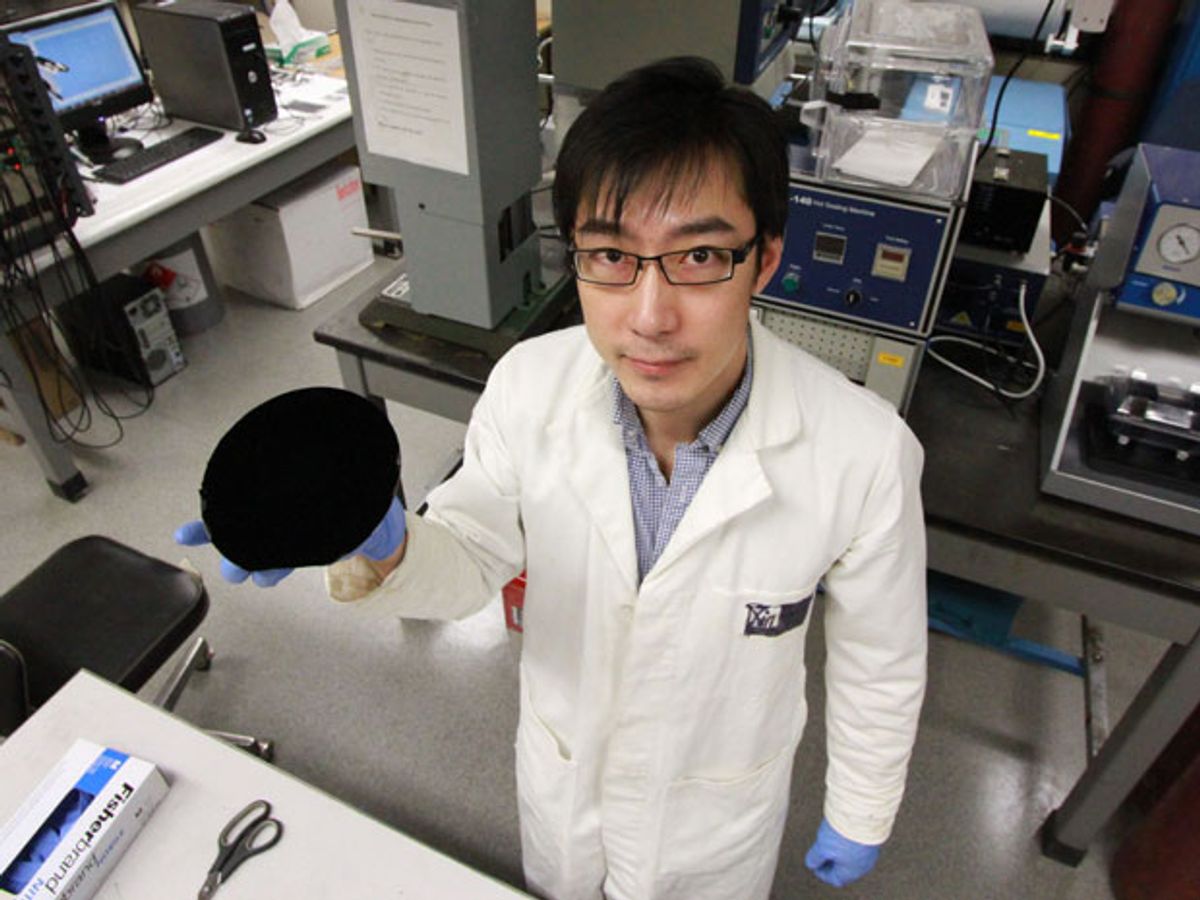The approach of many researchers seeking to improve the ubiquitous lithium-ion (Li-ion) battery has been to replace the graphite typically used for the battery's anode. Now, in work that originated at the University of Alberta in Canada, the focus has moved to the cathode. The result, claims lead researcher Xinwei Cui, is a battery that can deliver an energy output five to eight times that of the Li-ion batteries currently available.
So confident is Cui, whose research was published in the journal Nature Scientific Reports, that he has co-founded AdvEn Solutions, which is manufacturing the batteries for use in electronic devices and plans to have something on the market by the end of this year.
“What we’ve done is develop a new electrochemistry technology that can provide high energy density and high power density for the next generation,” said Cui in a press release.
The new electrochemistry involves using fluorinated carbon nanotubes in the cathode. Earlier attempts at using carbon and fluorine in the cathode had produced non-rechargeable batteries. Research instead focused on lithium-sulfur, or lithium-air based cathodes. But using flourinated carbon nanotubes allowed for a rechargeable battery that also overcomes some of the issues associated with the lithum-sulfur and lithium-air cathodes, such as large volume expansion when the cathode fills up with ions that shortens a battery's life span.
Batteries using the fluorinated carbon nanotubes in their cathode demonstrated a maximum discharging capacity of 2174 milliamp-hours per gram (mAh/g) and a specific energy density of 4113 Watt-hours per kilogram (Wh/kg), compared to an average Li-ion battery that has a discharging capacity of 372mAh/g and a specific energy of around 100 to 265 Wh/kg.
AdvEn Solutions plans to produce three types of batteries based on fluorinated carbon nanotube architecture. One of the batteries will have a high power output and long-life cycle, the second will provide high energy and quick charging rates and the third will have a super-high energy storage capacity.
“We have a long way to go, but we’re on the right track. It’s exciting work and we want everyone to know about it and that it’s very young but promising,” said Cui.
Dexter Johnson is a contributing editor at IEEE Spectrum, with a focus on nanotechnology.



